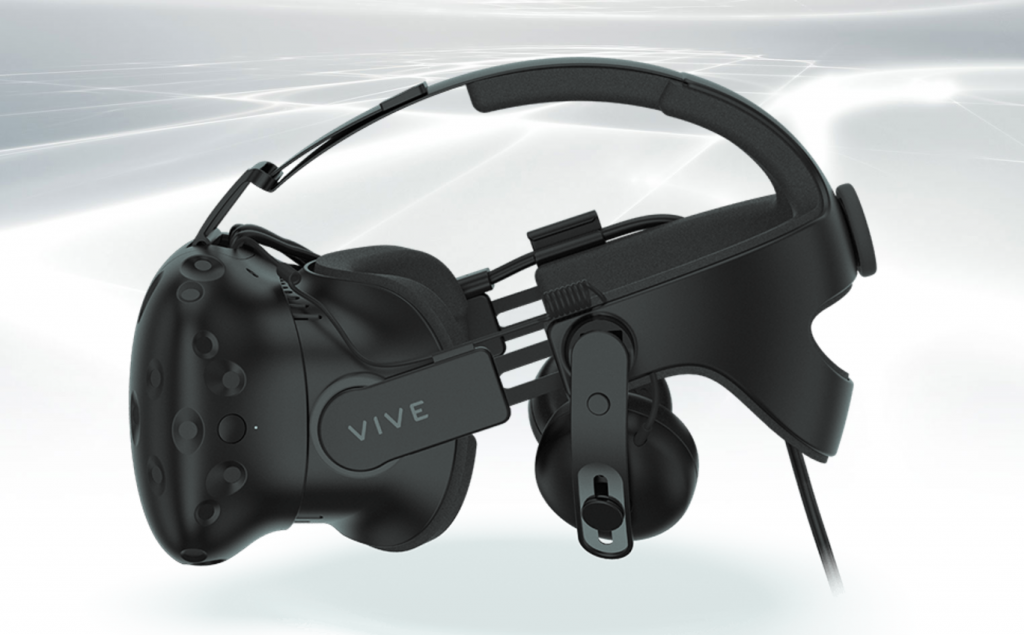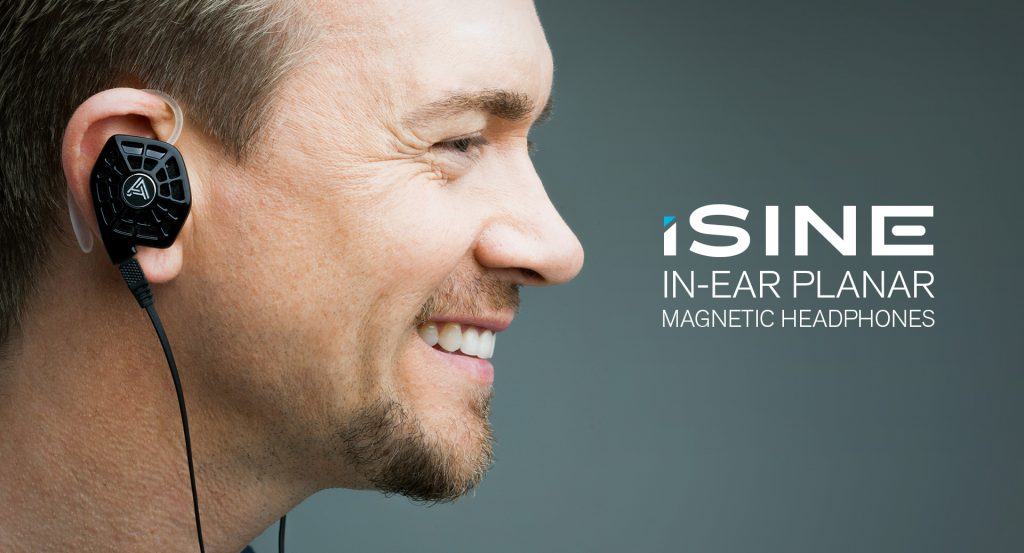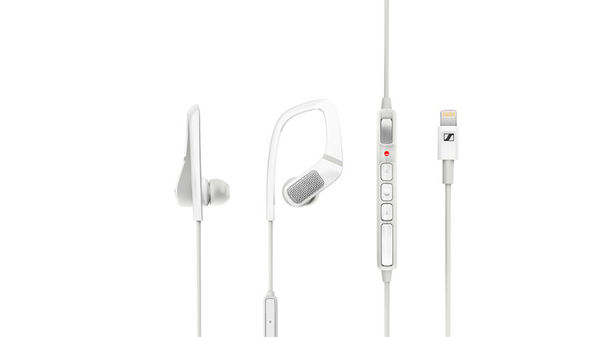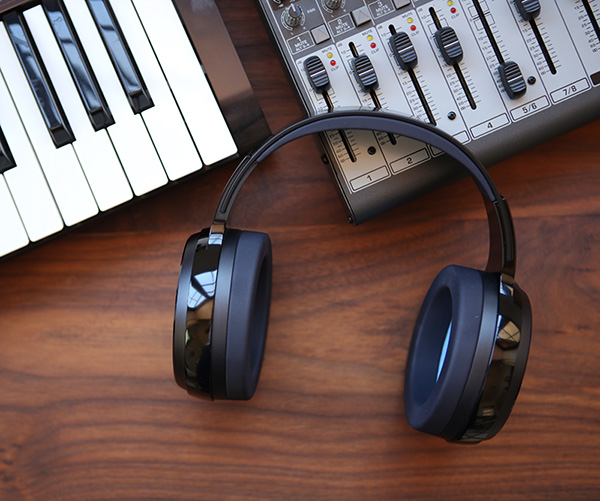The Consumer Electronics Show was recently held in Las Vegas between the 5th and 7th of January. As one would anticipate from its name, CES does focus on consumer electronics, and hence most of the announcements, releases and pre-release showing tends to focus on home and vehicle electronics, computing, home audio, fitness tech and everything in between. This year, there certainly were a number of announcements that are relevant to sound designers – we’ve got a summary of each of these products that surfaced this CES.
CES has been operating for over 50 years – first opening its doors in 1967 in New York with colour TVs, transistor radios and other products that were expressions of the forefront of consumer technology at the time. CES has been growing and developing since then – now featuring multiple shows in the run-up to its main event in Vegas at sites around the USA and world.
This year, VR was still a hot topic at CES. HTC was in full force, making many announcements the day before CES. Modular motion detectors (that can be attached to any object it sticks to), wireless units for its headset, but most interestingly, an ergonomic headphone attachment for its headset called the “Deluxe Audio Strap”. There are not many details available about the headphones themselves available online, but from material available from HTC, the headphones look to be supra-aural design that sit on the pinna. The strap attaches to the vive and has a few points of adjustment to ensure that the headphones sit over the listeners ears.
These are not due to release until later this year, but it’ll be interesting to see whether developers are offered access to develop and mix on these, and also whether they have a significant level of uptake across Vive users.

Image: HTC
Staying with VR announcements, Dirac, the Swedish company that makes audio optimisation solutions for home, enterprise and automotive industries, have made a move into VR Audio by announcing Dirac VR. Championing a new system for VR Audio processing that takes into consideration movements of the head in isolation of the shoulders, along with a method for recording individualised HRTFs and a 3D reverberation modelling system, Dirac VR is promising what will be a competitive audio solution. Without clarifying whether their system is applicable to either linear or interactive VR, or what type of tools are available, it’s certainly difficult to predict the impact of this technology. Dirac’s pedigree in the area of audio processing does fill us with hope.

An interesting product release that has gathered attention amongst the sound design social circles was the news of Audeze’s iSine VR planar magnetic in-ear earphones. Planar magnetic headphones have been around for a while now, but there aren’t so many in-ear versions available. To read more about this tech, check out this link. These in-ears are semi-open back earphones that boast a clear, accurate sound and a THD of <0.1%, and come with mobile and ‘VR’ versions. These in-ears boast a deep frequency response, including bass frequencies down to 10Hz. However, with a semi-open back design, expect to hear bleed from the outside world (perhaps not a great choice for demos) and for the outside world to hear what’s going on in your virtual reality as well.

Image: Audeze
More interesting headphone tech from CES came from Sennheiser – the AMBEO Smart Surround earphone. Slated for release in the second half of 2017, we still have a while to wait for this new product in the AMBEO product line. This product is not the first of this wave of commercially available in-ears that are capable of recording binaural audio – we have seen Roland’s release, although without further specs or details from Sennheiser it is difficult to compare their product against any competitors. This product category in general is interesting because such portable versions of binaural recording equipment allow location recording to have an immensely spatial quality without needing a full Ambisonic/binaural mic rig in your back pocket.

Image: Sennheiser
Operating in a different paradigm of headphone technology, the Ossic X headphones also received attention during the CES period. Their headphone technology has been available for pre-order since early 2016, when they ran a very successful Kickstarter. These headphones detect features of your anatomy to customise the listening experience to individual listeners. With head tracking built in, they are applicable to VR, Music and Cinema experiences. These headphones also have a multi-driver array inside the cup to help deliver true elevation (we all know this is a challenge in spatialised audio reproduction). This product goes to market in Q2 2017, and so is another to watch.

Image: Ossic
Another interesting prototype that was released – while not directly related to audio – was Razer’s Project Ariana. A technology that projects contents of the media outside the monitor has the capacity to incite a more immersive platform for gaming. With a more immersive visual platform potentially coming to market – this presents an opportunity to compliment immersive visuals with immersive audio. Ariana does draw memories of Microsoft’s Illumiroom, both of which scan the room geometry and extend the screen content onto the room geometry. Hopefully Razer can bring this technology to market in a meaningful way and get a distribution platform wide enough to have flow-on effects for immersive audio technologies.

Image: Razer
While there were a relatively small number of audio-related announcements from CES this year, they are continuing to prove the traction of immersive audio technologies. With such extensive development of tools and hardware occurring, it certainly is an exciting time to be working in VR and immersive audio design. With releases and announcements on all fronts – HTC Vive’s Audio Strap, Razer’s Project Ariana and the Audeze iSine VR in-ear headphones for consumers, Dirac VR and Sennheiser’s AMBEO Smart Surround for content creators – 2017 should be an important year for the start of the new waves of audio technology for immersive applications.
Sally Kellaway has a clone that constantly lives on Twitter @soundsbysal (jokes! She wishes but she has to do alllllllll the twittering herself).
Hey, Sally Anne Kellaway ! You really have a foreseeing insight about VR and immersive audio design! But do you know another interesting prototype Lifelike VR Recording Earphone from Scenessound which is a digital technology company from China focused on VR auido innovation ? I recommend you have a look at this enterprise’s official site http://www.scenessound.com. Thanks!